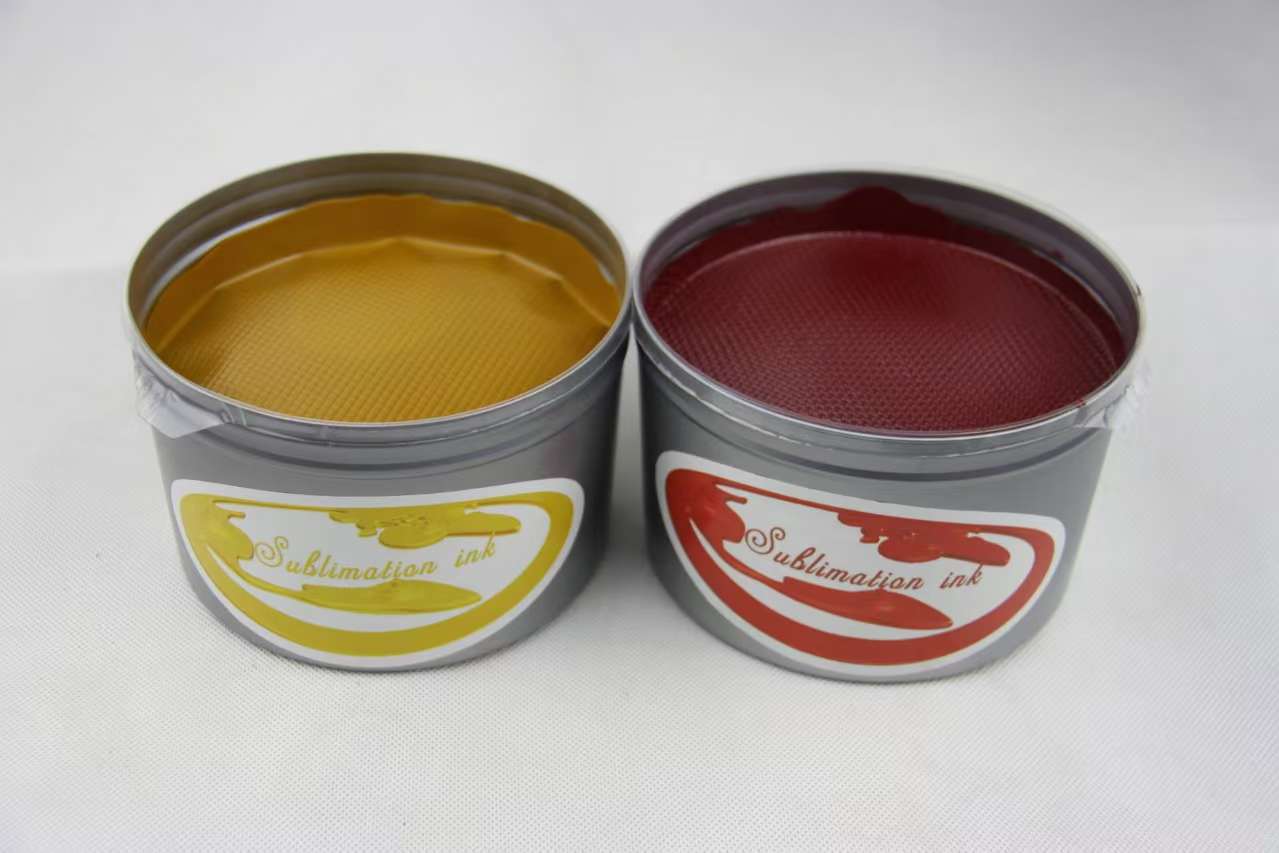
How to choose the right thermal transfer ink
Consider the material of the textile
Cotton textiles:
Recommended ink: Water-based thermal transfer ink
Features: Water-based ink is environmentally friendly, suitable for cotton fabrics, and can provide a soft feel and excellent breathability.
Synthetic fibers (such as polyester, nylon):
Recommended ink: Solvent-based thermal transfer ink or sublimation transfer ink
Features: Solvent-based ink and sublimation ink have high adhesion and washability, suitable for synthetic fiber materials.
Blended fabrics:
Recommended ink: Mixed thermal transfer ink
Features: Mixed ink has the advantages of both water-based and solvent-based inks, suitable for blended fabrics of various materials.
Consider printing effects and requirements
Brightness and color reproduction:
Recommended ink: High-concentration pigment ink
Features: High-concentration pigment ink can provide brighter and more realistic colors with high reproduction.
Washability and abrasion resistance:
Recommended ink: Ink with strong washability, such as solvent-based ink
Features: This ink has good washability and abrasion resistance, suitable for textiles that need to be washed frequently.
Softness and feel:
Recommended ink: water-based ink or soft thermal transfer ink
Features: These inks provide a soft feel without affecting the comfort of textiles.
Consider environmental protection and safety
Environmental requirements:
Recommended ink: water-based thermal transfer ink and environmentally friendly solvent ink
Features: Water-based ink and environmentally friendly solvent ink reduce the emission of harmful substances and are more environmentally friendly.
Safety standards:
Recommended ink: ink that meets international safety standards, such as OEKO-TEX® certified ink
Features: These inks have undergone rigorous safety testing to ensure that they are harmless to the human body and suitable for textiles used by infants and sensitive people.
Consider printing process and equipment
Adaptability:
Recommended ink: ink compatible with existing printing equipment
Features: Selecting inks that are compatible with existing equipment and process flows can reduce adjustment time and cost and improve production efficiency.
Transfer temperature and time:
Recommended ink: ink suitable for specific transfer temperature and time
Features: Different inks have different requirements for transfer temperature and time. Selecting the right ink can ensure the best printing effect.
Consider cost and economy
Cost-effectiveness:
Recommended ink: ink with high cost-effectiveness
Features: Under the premise of ensuring printing quality, choosing ink with high cost-effectiveness can reduce production costs and improve economic benefits.
Supplier service:
Recommended ink: ink from suppliers that provide good after-sales service and technical support
Features: Choosing suppliers that can provide technical support and after-sales service can help solve problems encountered during the production process and ensure smooth production.
Conclusion
Choosing a suitable thermal transfer ink requires comprehensive consideration of multiple factors such as the material of the textile, printing effect and requirements, environmental protection and safety, printing process and equipment, and cost and economy. By carefully evaluating these factors and selecting the most suitable thermal transfer ink, high quality and efficiency of textile printing can be ensured to meet market demand.